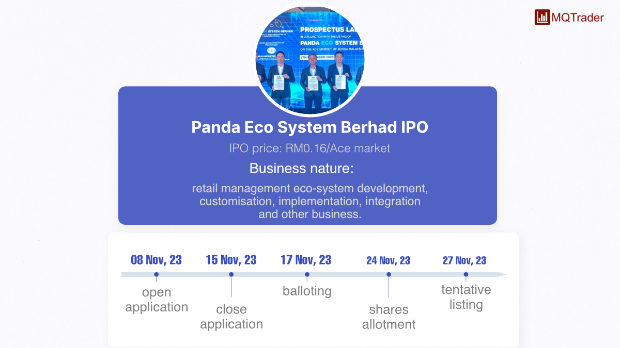Rubber Gloves - Neutral impact from new rubber standard in China OVERWEIGHT
kiasutrader
Publish date: Fri, 09 Jan 2015, 09:44 AM
- According to a Reuters article, China has approved a new standard for compound rubber effective July 1 2015 that will reduce the amount of natural rubber (NR) permissible in the formula.
- Compound rubber is made from a mix of NR and a small amount of powdered carbon. It has become popular in China as there is no import tariff on the product whereas natural rubber imports are subjected to a tariff of 1,500 yuan ($242) per tonne.
- The new rule will result in the cap for NR content being reduced from 95%-99.5% to 88%.
- While this move may appear to be negative for the major rubber producers (namely Thailand, Indonesia and Malaysia), we do not expect NR prices to decline significantly as demand for compound rubber may taper off when the new rule kicks in.
- This is because the lower NR content required will likely make the compound rubber less stable and hence less attractive for tyre manufacturers, which are the primary consumers of rubber (~75% of total output).
- This announcement comes at a time when NR prices remain depressed from high production and low demand. At present, NR latex is hovering at RM3.90/kg wet. It had been on an uptrend in the past two weeks following adverse weather conditions in Thailand and Malaysia and stock piling by buyers before the annual Chinese New Year holidays.
- In a bid to strengthen the rubber market, the International Tripartite Rubber Council (ITRC) has agreed to two key measures to manage global exports, i.e. (1) a fourth Agreed Export Tonnage Scheme (AETS) (i.e. limiting exports); and (2) the Supply Management Scheme (SMS), which will ensure an adequate and orderly supply of NR.
- Additionally, the ITRC has also proposed to set up a regional rubber market over the next 18 months to help stabilise rubber prices.
- Nonetheless, as we have noted in our earlier reports, the impact of the AETS on NR prices was negligible. The average NR price in October 2012 was up 5% MoM, when the AETS was implemented, only to decline by 9% in November 2012.
- All in all, we maintain our OVERWEIGHT stance on the sector. The present environment of low raw material prices would help offset margin pressures from price competition as well as higher costs (e.g. natural gas tariff). Our positive outlook is also supported by our view of a USD bull market in 2015, of which the sector would be a prime beneficiary.
Source: AmeSecurities
More articles on AmResearch
Created by kiasutrader | Dec 08, 2015
Created by kiasutrader | Dec 07, 2015
Created by kiasutrader | Dec 04, 2015
Created by kiasutrader | Dec 03, 2015





















